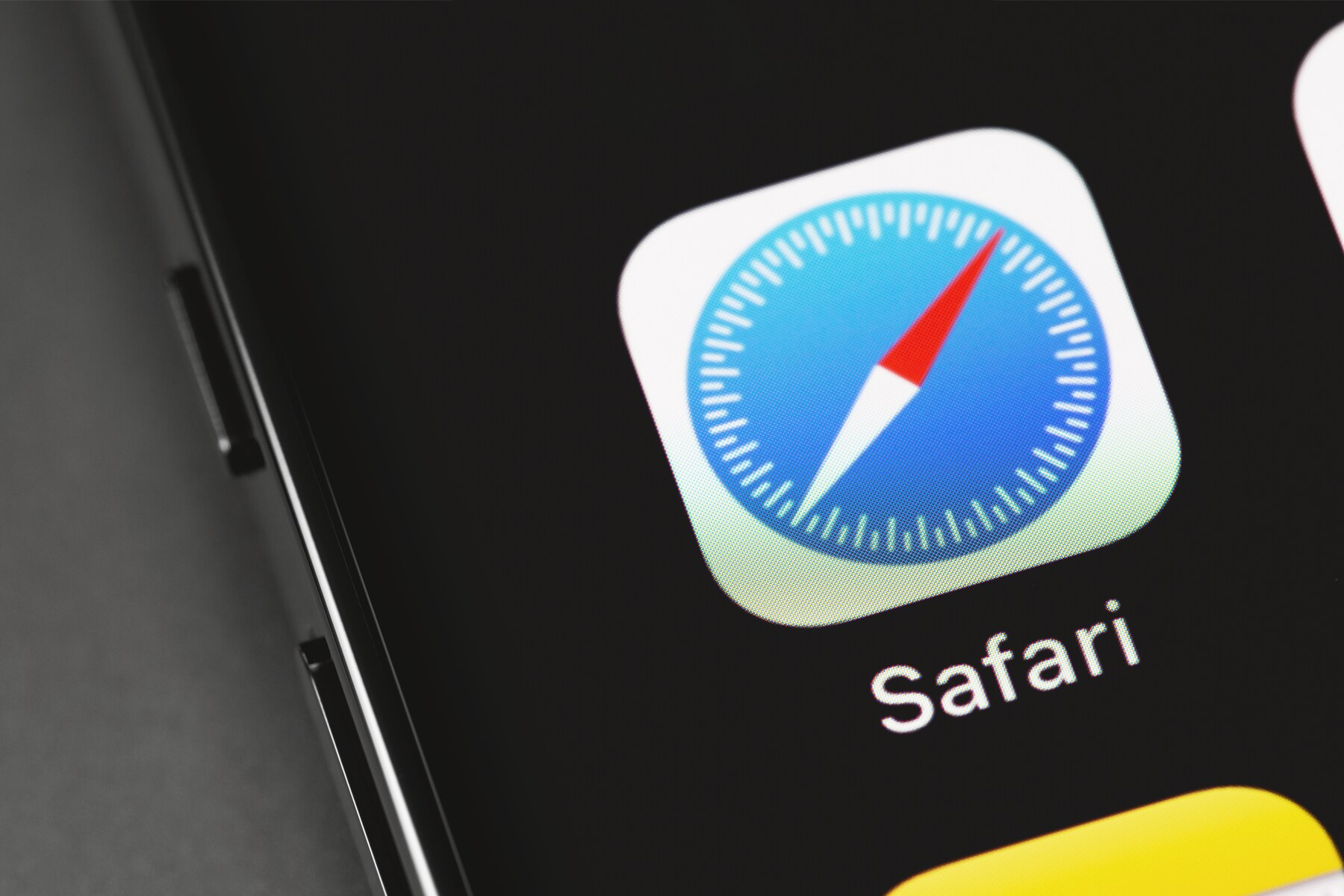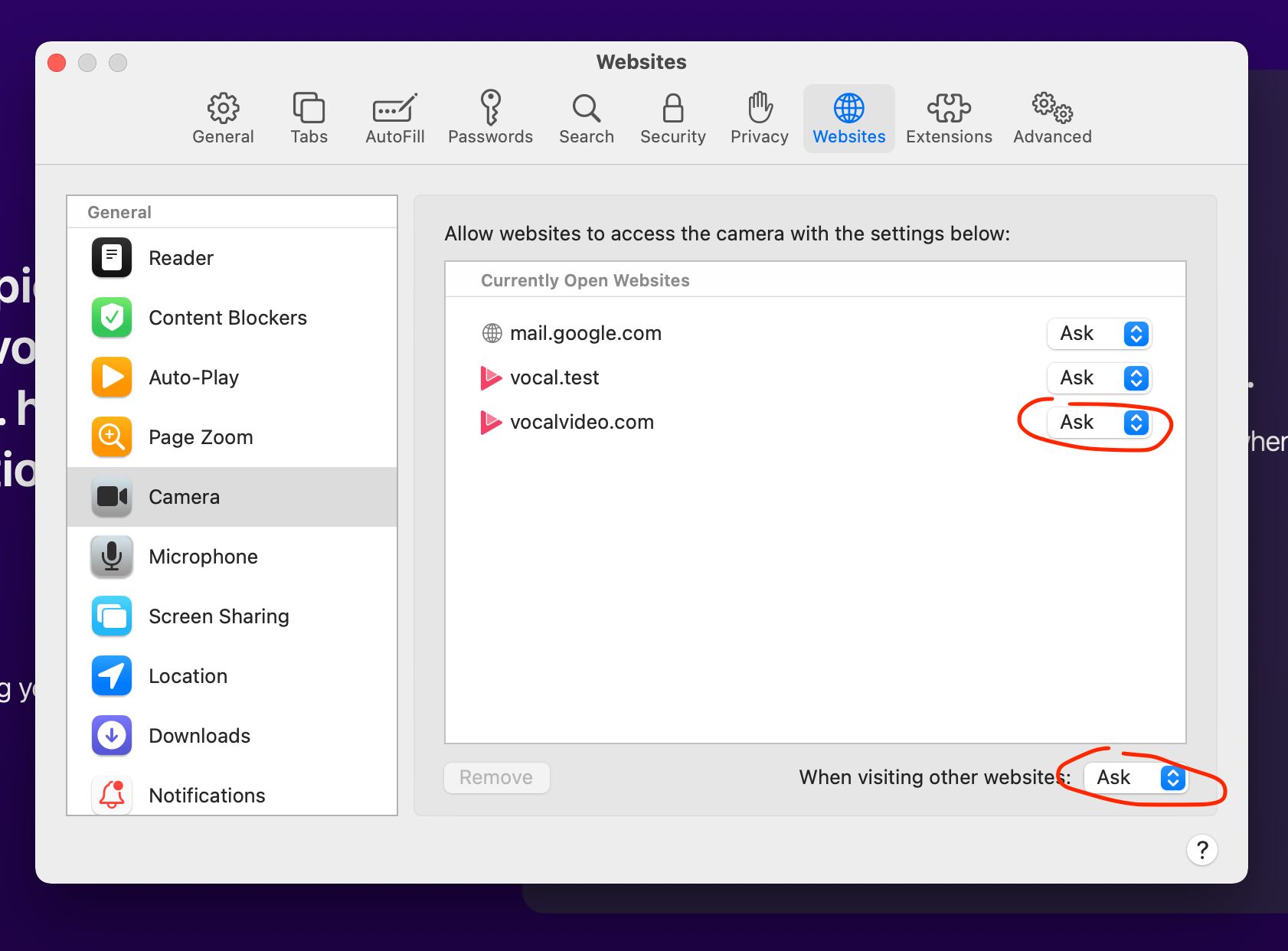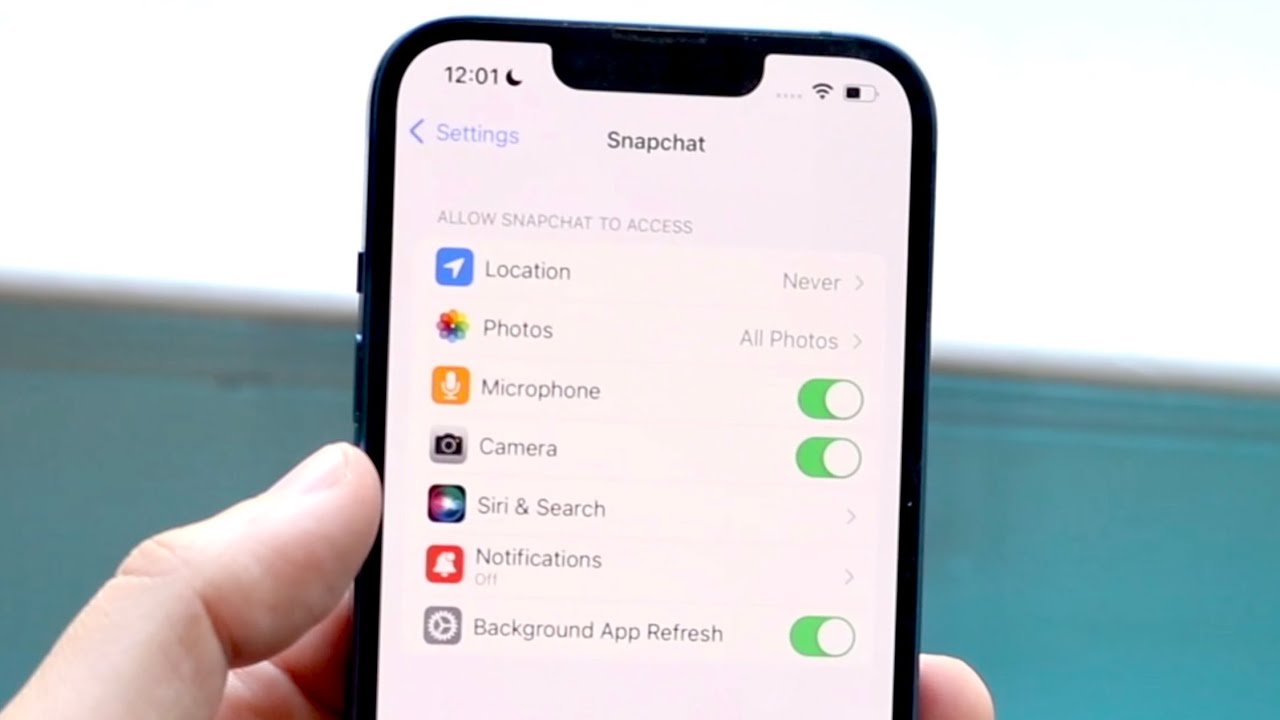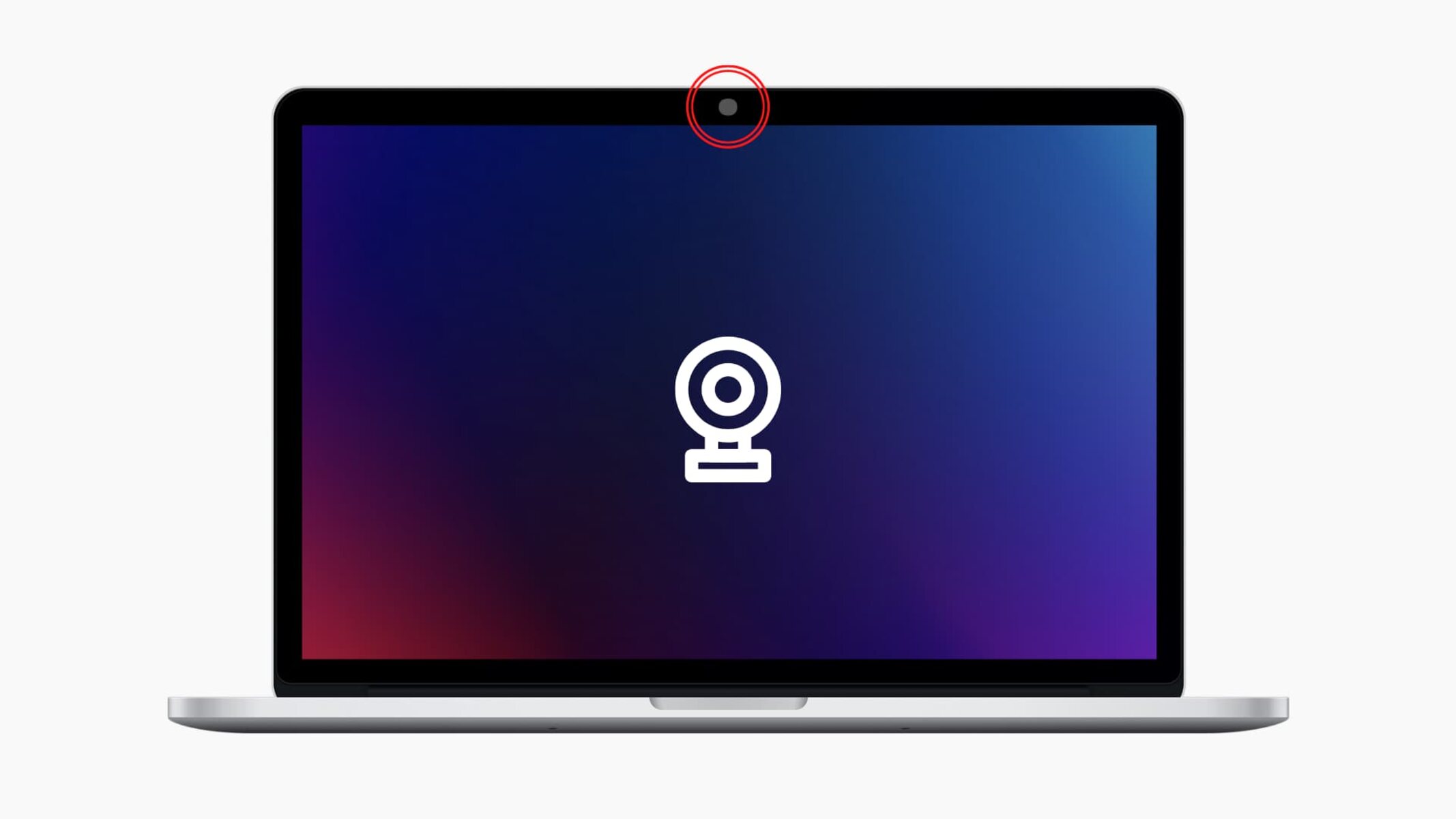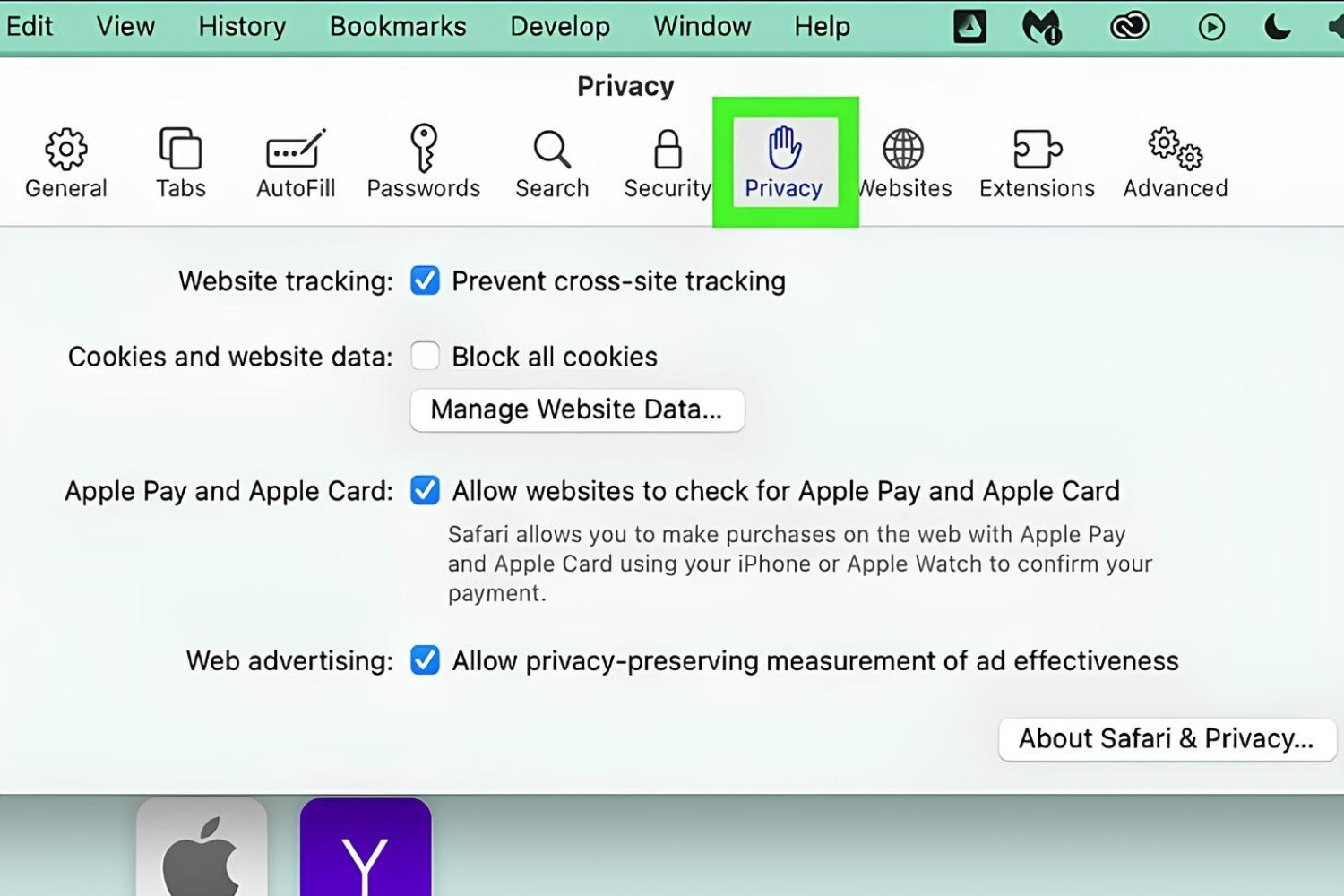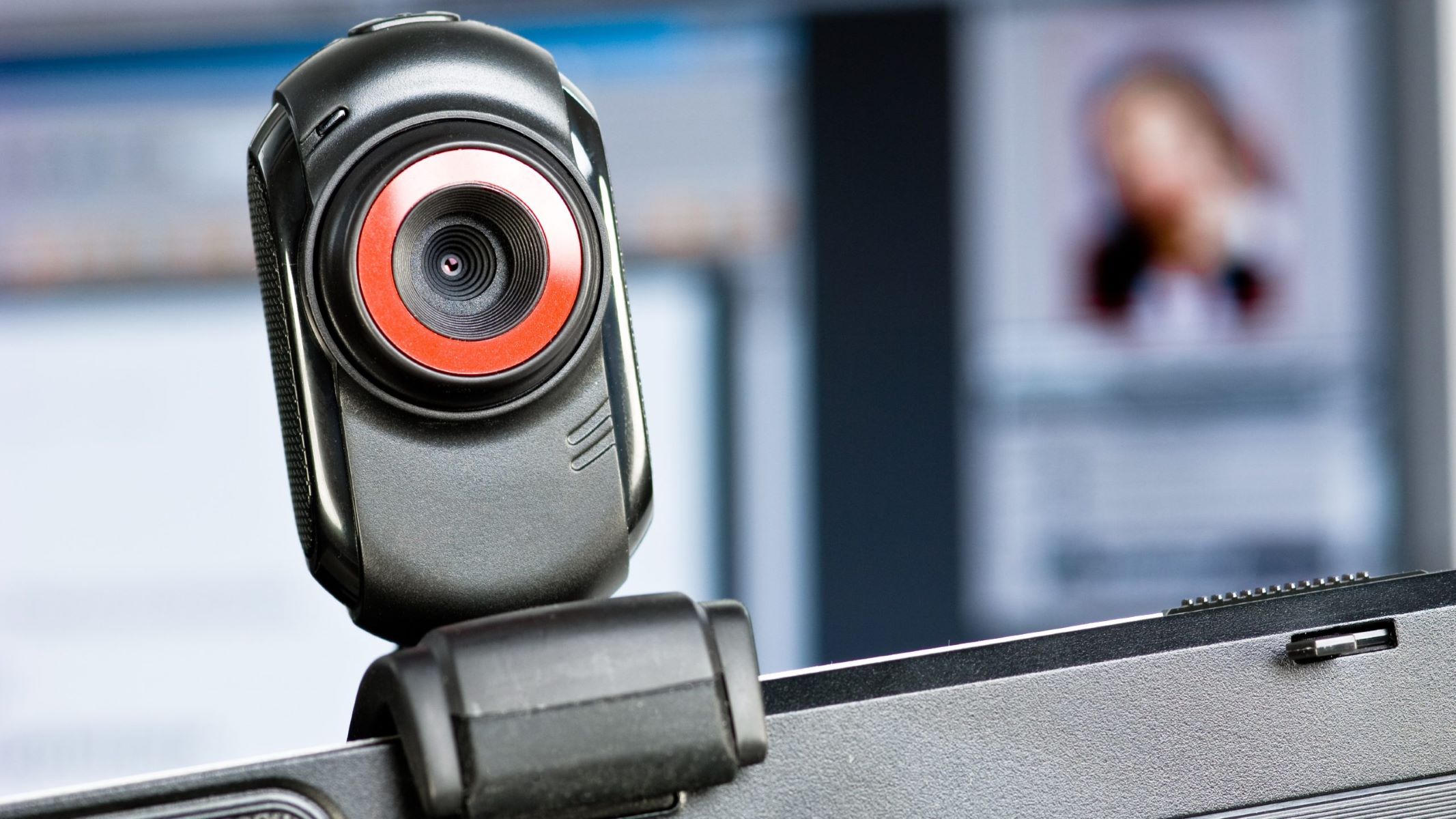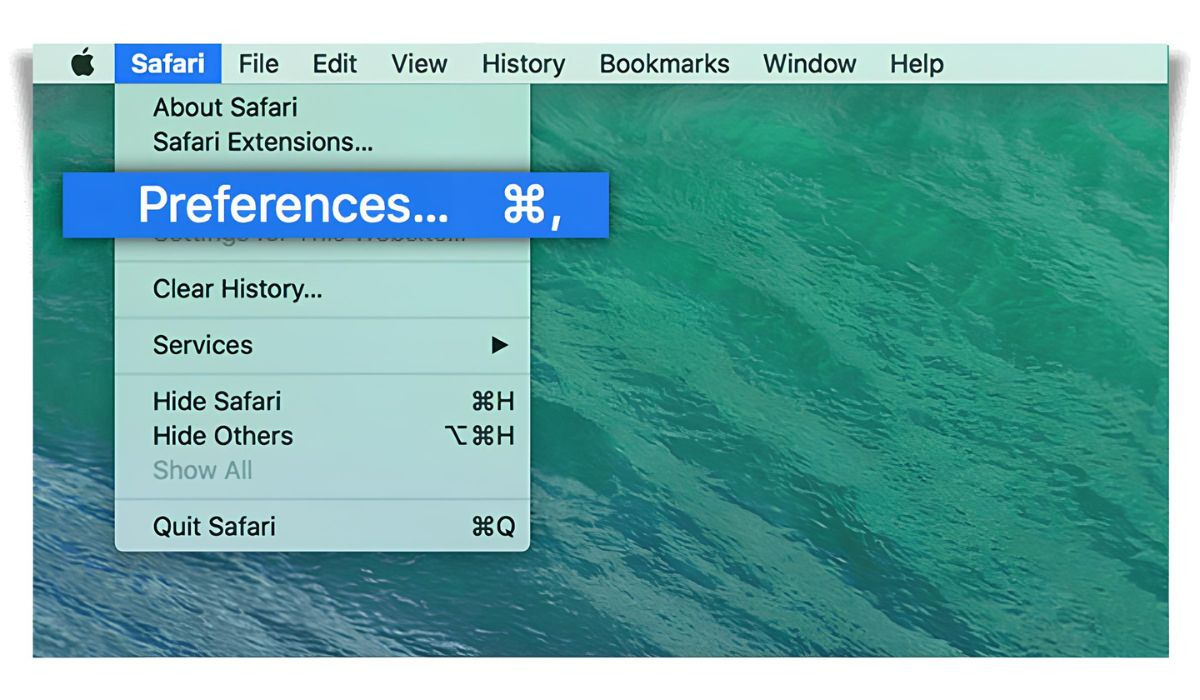Introduction
Safari is a popular web browser known for its sleek interface and robust security features. However, when it comes to enabling the camera on Safari, users often encounter confusion and uncertainty. Whether you're looking to engage in video calls, capture memorable moments, or utilize web-based applications that require camera access, understanding how to enable the camera on Safari is essential.
In this comprehensive guide, we will delve into the intricacies of enabling camera access on Safari, providing step-by-step instructions and valuable insights to ensure a seamless experience. From checking Safari settings to troubleshooting potential issues, you'll gain a thorough understanding of the process, empowering you to harness the full potential of your camera within the Safari browser.
Let's embark on this journey to unlock the camera capabilities of Safari, empowering you to engage in video conferences, capture stunning visuals, and seamlessly integrate camera-dependent web applications into your browsing experience. By the end of this guide, you'll be equipped with the knowledge and confidence to make the most of your camera within the Safari browser, enhancing your online interactions and productivity.
Checking Safari Settings
Before delving into the process of enabling the camera on Safari, it's crucial to ensure that the browser settings align with your intention to utilize the camera. Safari, known for its stringent privacy and security measures, requires users to explicitly grant access to hardware components such as the camera. Here's how you can check the Safari settings to verify and adjust camera access:
-
Launch Safari Preferences: Begin by opening the Safari browser on your Mac or iOS device. Navigate to the "Safari" menu located in the top-left corner of the screen and select "Preferences" from the dropdown menu. This action will open a new window dedicated to Safari settings and preferences.
-
Access Website Preferences: Within the Preferences window, locate and click on the "Websites" tab. This section encompasses a range of website-specific settings, including permissions for camera access.
-
Camera Permissions: Under the "Websites" tab, you'll find a list of website permissions on the left-hand side. Look for the "Camera" option among the permissions. By clicking on "Camera," you can review and manage the websites that have requested access to your camera while browsing with Safari.
-
Adjusting Camera Settings: Upon selecting the "Camera" option, Safari presents a list of websites that have sought camera access. Here, you can modify the camera settings for individual websites, granting or revoking access as per your preferences.
-
Ensure Camera Access: While reviewing the camera settings, ensure that the websites you intend to use for video calls, live streaming, or other camera-dependent activities are granted the necessary camera access. This step is pivotal in ensuring a seamless and uninterrupted camera experience within Safari.
By meticulously checking the Safari settings and adjusting camera permissions as needed, you lay the groundwork for a hassle-free camera utilization experience within the browser. This proactive approach not only enhances your control over camera access but also aligns with Safari's commitment to safeguarding user privacy and security.
With the Safari settings duly reviewed and camera access permissions appropriately configured, you're now prepared to proceed with enabling the camera on Safari, a pivotal step in leveraging the full potential of this esteemed web browser.
Enabling Camera Access
Enabling camera access within Safari is a fundamental aspect of harnessing the full potential of web-based applications, video conferencing platforms, and interactive websites. Once you have verified and adjusted the Safari settings to align with your camera usage intentions, the next step involves explicitly enabling camera access for the browser. Here's a detailed walkthrough of the process to enable camera access on Safari:
-
Navigate to Website Requiring Camera Access: Begin by accessing the website or web application that necessitates camera usage within Safari. Whether it's a video conferencing platform, a live streaming website, or an interactive web-based tool, ensure that you are on the specific webpage where camera access is required.
-
Camera Access Prompt: Upon accessing the website, Safari may prompt you to grant camera access. Depending on the website's design and functionality, a pop-up or notification within the browser may request permission to access your camera. This step underscores Safari's commitment to user privacy and security, ensuring that camera access is granted only with explicit user consent.
-
Granting Camera Access: When prompted, carefully review the camera access request and consider the context in which the camera will be utilized on the website. If you deem it appropriate and necessary, proceed to grant camera access by clicking on the relevant prompt or button within the Safari interface. This action signals your consent for the website to utilize your camera for the intended purposes.
-
Camera Indicator: Upon granting camera access, Safari typically displays a visual indicator, such as a small camera icon, in the browser's address bar. This indicator serves as a visual cue, informing you that the website is actively accessing your camera. It's a subtle yet crucial feature that enhances transparency and awareness regarding camera usage within the browser.
-
Revoking Camera Access: In the event that you no longer wish to grant camera access to a specific website, Safari offers a seamless mechanism to revoke this permission. By revisiting the Safari preferences and website settings, you can modify camera access permissions for individual websites, ensuring that your privacy and control remain paramount.
By following these steps, you can effectively enable camera access within Safari, empowering you to seamlessly engage in video calls, capture visuals, and leverage camera-dependent features offered by diverse web-based platforms. This proactive approach not only aligns with Safari's emphasis on user privacy and security but also enhances your browsing experience by unlocking the full potential of the browser's camera capabilities.
Testing the Camera
After enabling camera access within Safari, it's essential to verify the functionality of the camera to ensure a seamless and reliable experience. Testing the camera not only validates the successful implementation of camera access but also allows you to familiarize yourself with the camera's performance within the browser environment. Here's a comprehensive guide on how to effectively test the camera within Safari:
-
Access Camera-Dependent Features: Visit a website or web application that prominently utilizes the camera, such as a video conferencing platform, live streaming service, or online photo booth. Ensure that the website's functionality inherently requires camera access to facilitate a meaningful testing process.
-
Initiate Camera Usage: Upon accessing the camera-dependent website, engage with the features that necessitate camera usage. This may involve initiating a video call, capturing a test photo, or participating in a virtual event that leverages the camera. By actively engaging with the camera-dependent features, you can gauge the responsiveness and performance of the camera within Safari.
-
Verify Visual Output: As you interact with the camera-dependent features, pay close attention to the visual output captured by the camera. Assess the clarity, resolution, and overall quality of the visuals to ensure that the camera is functioning optimally within the Safari browser. This step allows you to ascertain the camera's ability to capture and transmit visuals in real time, a crucial aspect of its performance.
-
Evaluate Audio-Visual Synchronization: In scenarios where the camera usage involves audio-visual components, such as video calls or live streaming, evaluate the synchronization between the captured visuals and accompanying audio. Seamless synchronization enhances the overall user experience, and testing this aspect within Safari provides valuable insights into the camera's holistic performance.
-
Interact with Camera Settings: Explore the camera settings and controls provided within the website or web application. This may include adjusting camera orientation, toggling between front and rear cameras (if applicable), and accessing additional camera-related features. By interacting with these settings, you can gauge the browser's compatibility with diverse camera functionalities.
-
Ensure Privacy and Security: Throughout the testing process, remain mindful of privacy and security considerations associated with camera usage. Safari's robust privacy measures ensure that your camera usage is safeguarded, and testing the camera within this secure environment reaffirms your control over its utilization.
By diligently testing the camera within Safari, you can validate its seamless integration with web-based applications, video conferencing platforms, and interactive websites. This proactive approach not only enhances your confidence in utilizing the camera within Safari but also underscores the browser's capability to facilitate a reliable and secure camera experience.
This comprehensive testing process empowers you to leverage the camera's capabilities within Safari, enabling you to seamlessly engage in video calls, capture visuals, and participate in interactive online experiences with confidence and ease.
Troubleshooting Camera Issues
Despite the seamless integration of camera access within Safari, users may encounter occasional issues that hinder the optimal functionality of the camera. When faced with camera-related challenges, it's essential to approach troubleshooting with a systematic and proactive mindset. By addressing potential issues and implementing targeted solutions, you can restore the camera's performance within Safari, ensuring a smooth and reliable browsing experience.
Here are some common camera issues that users may encounter within Safari, along with effective troubleshooting strategies:
-
Camera Not Detected: If Safari fails to detect the connected camera or integrated webcam, begin by checking the physical connection of the camera to your device. Ensure that the camera is securely connected, and if applicable, consider restarting your device to re-establish the connection. Additionally, verify that the camera is not being exclusively accessed by another application, which may prevent Safari from detecting it.
-
Permission Errors: In some instances, Safari may encounter permission errors that impede camera access. To address this, revisit the Safari preferences and verify that the website in question has been granted the necessary camera permissions. If the permissions appear to be in order, consider clearing the browser cache and refreshing the webpage to reset the permissions, potentially resolving the issue.
-
Browser Compatibility: Certain camera-dependent features may exhibit compatibility issues with specific versions of Safari. In such cases, ensure that your Safari browser is updated to the latest version, as updates often include bug fixes and enhancements that improve camera functionality. Additionally, consider testing the camera on alternative browsers to determine if the issue is specific to Safari.
-
Hardware or Driver Issues: If persistent camera issues persist across multiple websites and browsers, it may indicate underlying hardware or driver-related issues. In this scenario, consider updating the device's camera drivers or firmware, as outdated or incompatible drivers can impact the camera's performance within Safari. Additionally, conducting a diagnostic check of the camera hardware can help identify any potential malfunctions.
-
Security Software Interference: Security software or firewall settings on your device may inadvertently block camera access within Safari. Review the security settings and configurations to ensure that the camera is not being restricted by overly stringent security measures. Temporarily disabling security software for testing purposes can help isolate the source of the issue.
By methodically addressing these potential camera issues and implementing targeted troubleshooting strategies, users can effectively restore the optimal functionality of the camera within Safari. This proactive approach not only enhances the user experience but also underscores Safari's versatility in accommodating diverse camera-dependent activities.
Through diligent troubleshooting, users can navigate camera-related challenges with confidence, ensuring that the camera remains a reliable and seamlessly integrated component of their browsing experience within Safari.
Conclusion
In conclusion, mastering the process of enabling the camera on Safari is pivotal in harnessing the full potential of this esteemed web browser. By meticulously checking Safari settings, adjusting camera permissions, and proactively enabling camera access, users can seamlessly integrate the camera into their browsing experience, unlocking a myriad of possibilities ranging from video calls and live streaming to interactive web-based applications.
The journey begins with a thorough review of Safari settings, where users can navigate to the Preferences window and access website-specific settings to manage camera permissions. This proactive approach aligns with Safari's commitment to user privacy and security, empowering users to exercise control over camera access while browsing.
Upon verifying and adjusting the settings, users can seamlessly enable camera access for specific websites, ensuring that the browser's robust security measures are upheld while facilitating a seamless camera experience. The process involves granting explicit permission for websites to access the camera, thereby fostering transparency and user consent in camera utilization.
Subsequently, testing the camera within Safari allows users to validate its functionality, assess visual output, and evaluate audio-visual synchronization, ensuring a reliable and immersive camera experience. By engaging with camera-dependent features and exploring settings, users can familiarize themselves with the browser's compatibility with diverse camera functionalities, enhancing their confidence in utilizing the camera within Safari.
In the event of camera-related challenges, proactive troubleshooting strategies empower users to address issues such as camera detection, permission errors, browser compatibility, hardware considerations, and security software interference. By methodically addressing these challenges, users can restore the optimal functionality of the camera within Safari, ensuring a seamless browsing experience.
Ultimately, the ability to enable and utilize the camera within Safari not only enhances the browser's versatility but also empowers users to engage in meaningful online interactions, capture visuals, and seamlessly integrate camera-dependent features into their browsing activities. This comprehensive guide equips users with the knowledge and confidence to navigate the intricacies of enabling the camera on Safari, fostering a seamless and enriching browsing experience.







